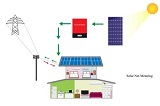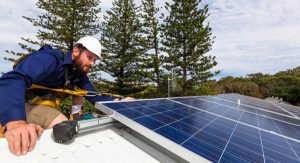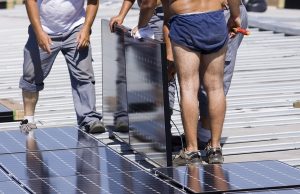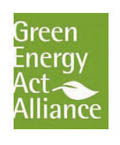Nova Scotia is one of the leading provinces in Canada continuing to diversify its energy portfolio by adding new forms of renewable energy to the mix.

The province’s 2015 Electricity Plan: Our Electricity Future represents a long-term commitment to solar energy and enabling community participation in renewable energy generation. As part of this plan, the Nova Scotia Department of Energy’s Solar for Community Buildings Program.
Nova Scotia’s Solar Industry Is Currently Underdeveloped
The province currently generates only 1 percent of its power from solar, meaning there is great untapped potential within the industry. The goals of the two-year pilot project are:
- To learn more about the production capacity for solar energy
- To understand how solar energy can help Nova Scotia move to a clean electricity system more cost-effectively
- To encourage community participation in renewable energy generation

What Are the Benefits and Costs of the Program?
How much can a selected organization expect to earn from their solar panels array? As an example, an organization that installs a 20 kW solar panels system and sells electricity back to the grid for 10 cents per kilowatt hour would receive around $2,200 each year from their utility.
However, the cost of buying and installing solar PV equipment for a project of this scale can range between $50,000 to more than $70,000, and there are other costs as well. All applicants must be in a position to finance project-related costs.
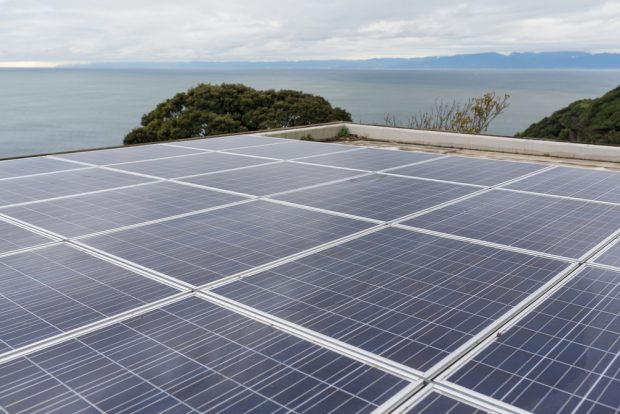
Solar panels installation Nova Scotia
Who Is Eligible to Participate in the Program?
Universities, municipalities, nonprofits, charities and Mi’kmaq communities are eligible to apply to be part of the program. Selected organizations will sell power to local grids, setting a price to cover the cost of installing solar panels. The impact on electrical ratepayers is capped at 0.1 percent.
Participants will be entitled to a 20-year power purchase agreement with their utility, at the price they propose. There were 18 successful program applicants in 2017.
The program plans to reopen to applications in 2018 and 2019. All applicants must complete a workbook to determine the price at which they want to sell the electricity they generate. A third-party administrator will receive proposals from qualified groups and select the proposals that present the lowest cost per unit of energy.
Program regulations state that the intention is to distribute successful projects both geographically across the province and among eligible groups. Other eligibility criteria include:
* Buildings and ownership
Eligible organizations must submit separate applications for each suitable building. It isn’t necessary to own the building to participate in the program; however, applicants must get written permission from the building’s owner for any buildings they don’t own.
* Size and sites
There’s no minimum requirement for the size of applicable projects – in theory, an organization could commit to installing just one solar panel. The maximum installation size is 50kW.
Participants can choose whether to install solar PV on the roof, or within 100 meters of a building on the ground or on adjacent structures, such as a parking garage.




